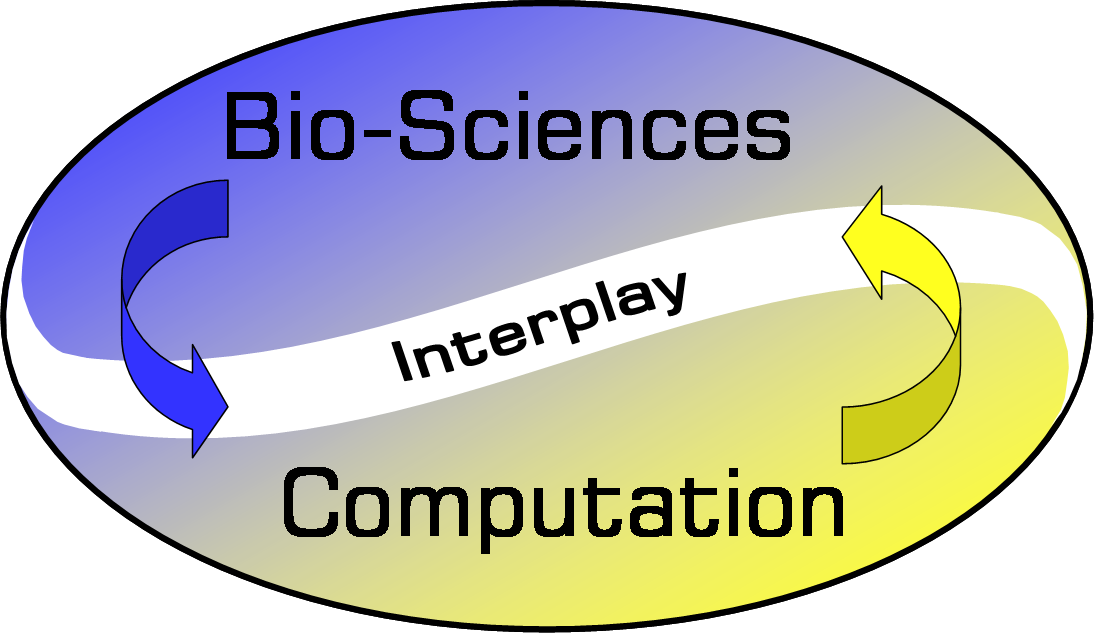 International
Work-conference on the Interplay between Natural and
Artificial Computation
International
Work-conference on the Interplay between Natural and
Artificial Computation
 International
Work-conference on the Interplay between Natural and
Artificial Computation
International
Work-conference on the Interplay between Natural and
Artificial Computation
Smart spaces refer to built environments
such as homes, offices, hospitals, schools, ..., and outdoor areas that
are enabled for co-operation of smart objects and systems, and for
ubiquitous interaction with human beings. Usually, smart spaces are
ordinary environments equipped with multiple sensing systems that can
perceive and react to people without requiring them to wear any special
equipment. Smart spaces are built on top of a diverse set of core
technologies such as:
There is no doubt that smart spaces use to focus on empowering the
individual to improve and manage personal life conditions and
participation as a citizen, elderly, patient, consumer and worker. Let
us say a few words about health, safety and well-being concepts.
Firstly, health is understood in its broader sense as a state of
complete physical, mental, and social well-being and not merely the
absence of disease or infirmity. Moreover, health promotion is defined
as the process of enabling people to increase control over their health
and its determinants, evaluate their health status and thereby improve
their health. On the other hand, safety is the condition of being
protected against physical, social, spiritual, political, emotional,
occupational, psychological, educational or other types or consequences
of failure, damage, error, accidents, harm or any other event which
could be considered non-desirable. Lastly, well-being is a general term
for the condition of an individual or group, for example their social,
economic, psychological, spiritual or medical state. In our opinion,
smart spaces are for sure able to largely contribute to the increase of
people health, safety and well-being.
We encourgage the submission of papers addressing smart spaces
consisting of infrastructures (integrating sensors, actuators and
processing), intelligent interfaces and robots which proactively
support people in their everyday lives in domestic, professional and
public environments. The emphasis is on novel, intuitive, immersive
interactions between the environment, objects in the environment,
machines and users, individually or in groups. Proposals for the
integration of different technologies and functions, which have the
ability to sense, describe, predict, decide, and to interact with their
environment are also welcome. In any of the described domains (health,
safety and well-being) it is important to understand the global
situation beyond the monitored individual facts. This is achieved
through interrelating the various observations and findings captured in
the controlled settinga. Only in this way the correspondence with an
action plan aimed at resolving the problem is established.
So, this special session aims to provide a meeting and discussion point
for researchers interested in the development of novel ideas of smart
spaces dedicated to health, safety and well-being, including (but not
limited):